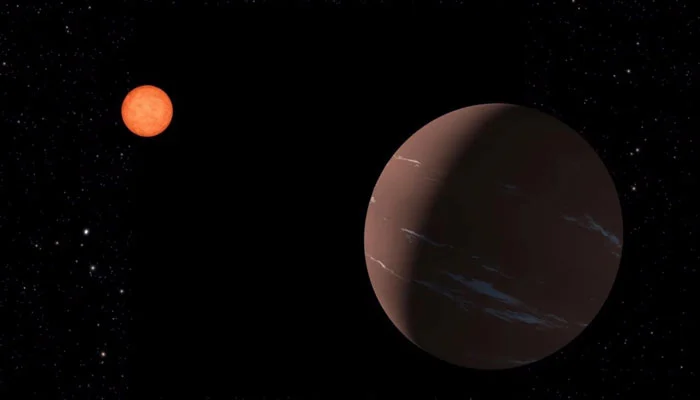The National Aeronautics and Space Administration (Nasa) stated that a “super-Earth” exoplanet, TOI-715 b, was found 137 light-years away from Earth, inspiring deeper investigation into its life-sustaining characteristics.
The planet, which is around 1.5 times as wide as Earth, is said to orbit within a cautious “habitable zone” around its parent star, according to NASA.
The distance from a star that permits liquid water to form on a planet’s surface is known as the “habitable zone,” according to the space agency.
The planet is in a “prime position” in relation to its parent star because of its location in the zone, but astronomers pointed out that additional elements are also required for a proper atmosphere, according to The Hill.
According to the organization, the planet’s parent star is a red dwarf with a tighter orbit that enables it to “crowd closer” and a year of 19 Earth days, which makes it simpler to identify and more frequently spotted.
NASA claims that the planet was found by the 2018 launch of the Transiting Exoplanet Survey Satellite (TESS).
A number of additional exoplanets in the habitable zone that NASA’s James Webb Space Telescope can view up close have been found by TESS.
The newly discovered system may possibly include a second planet the size of Earth, which might be situated just inside the conservative habitable zone.
If confirmed, according to NASA, this will be the smallest planet that TESS has found in the habitable zone.







